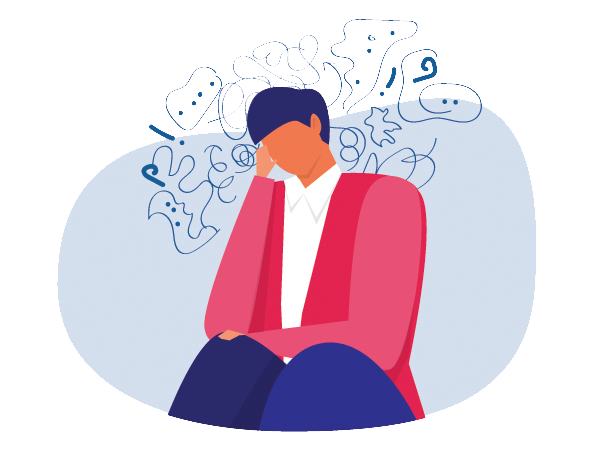EMERGENCY RESPONSE WEB APP

Make sure you are safe from harm. Do not approach the person if there is risk of them becoming violent. In a calming voice, ask if you can help. Identify any other potential causes
If the person has not had a panic or anxiety attack before and they don't think they are having one now, you should call 911.
Listen non-judgmentally. Ask what they think might help (such as moving away from a crowded area or sitting down). Don't assume you know what's best for them.
Ask the person what they think might help. Don't belittle the person's experience.
Raise and lower your arms slowly asking the person to breathe through their nose as your arms raise and out through their mouth as your arms lower.